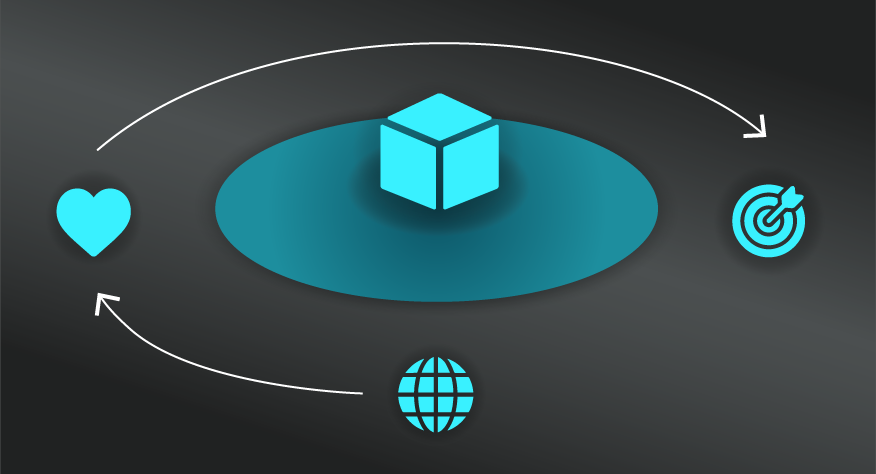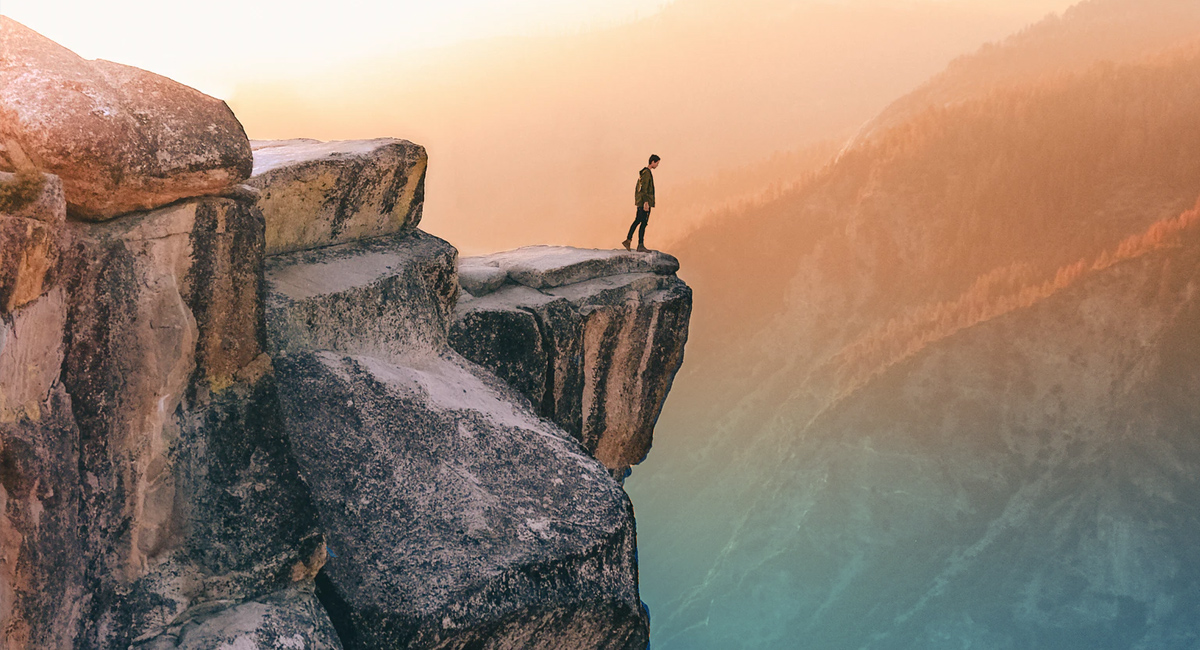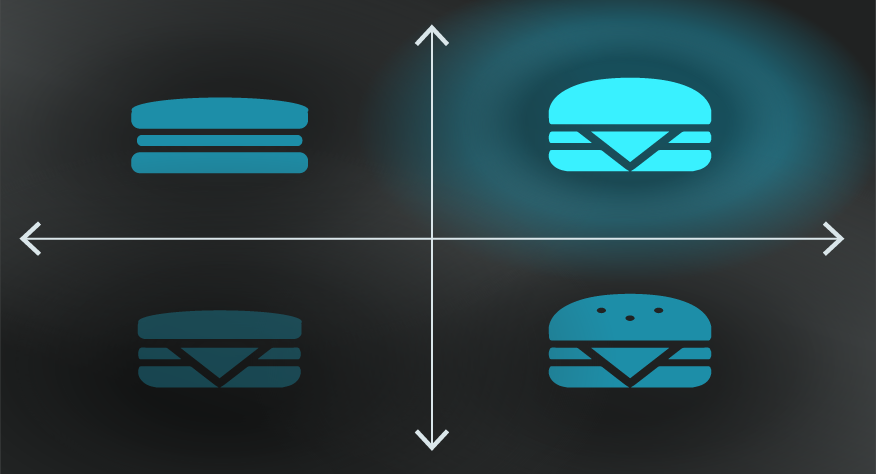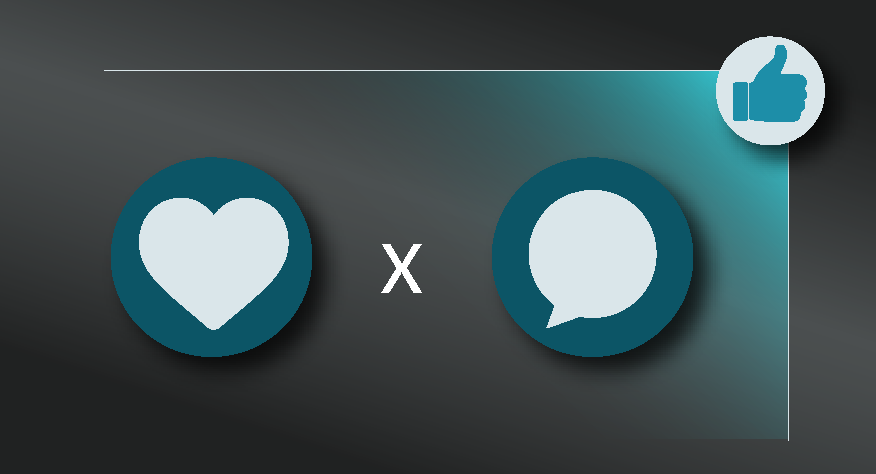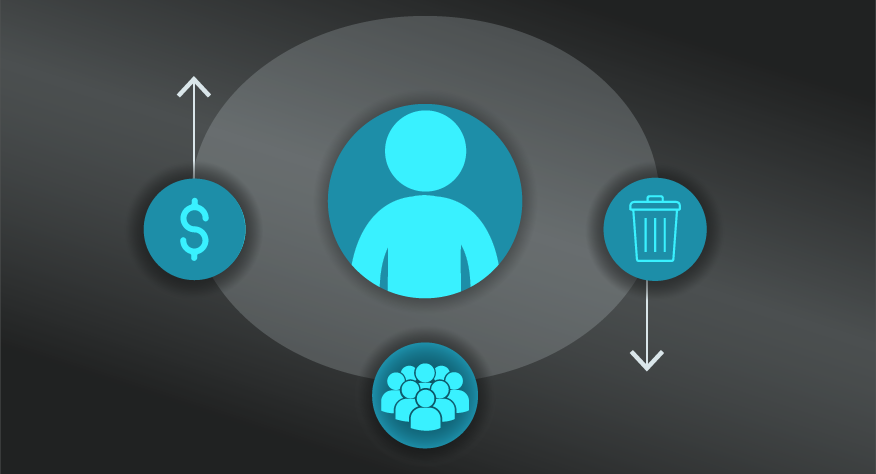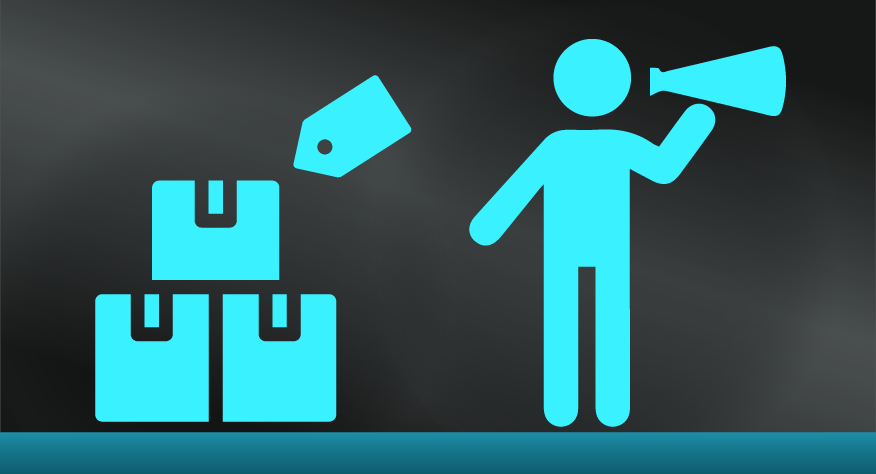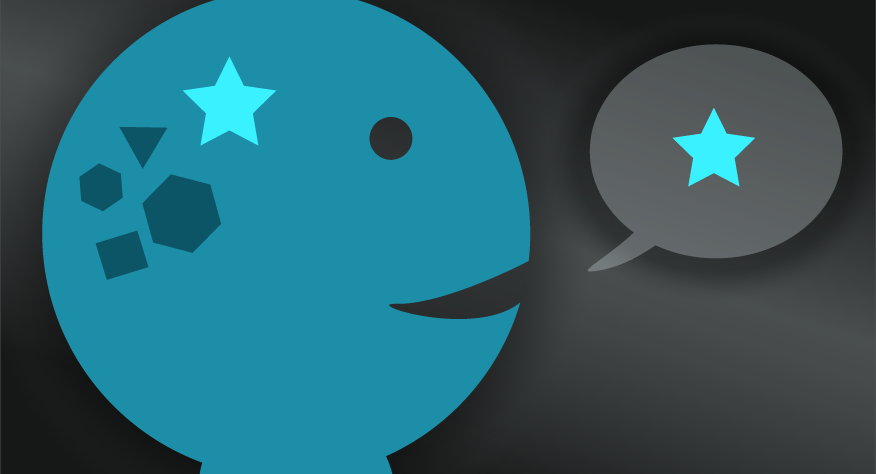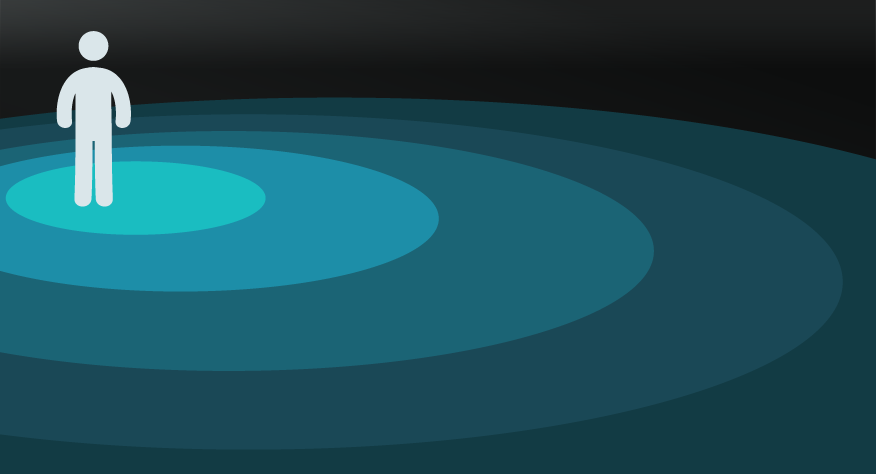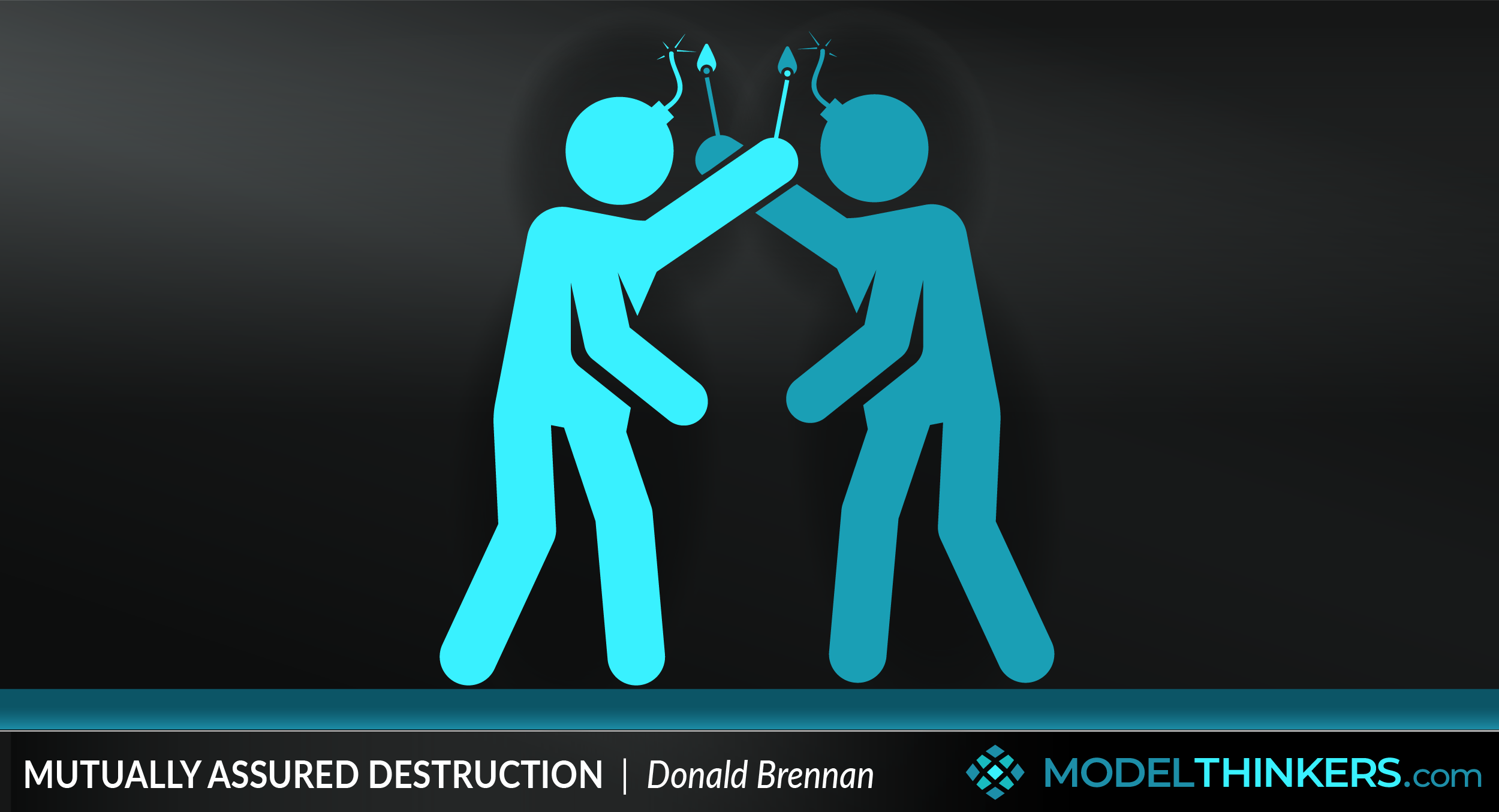

 0 saved
0 saved
 17.9K views
17.9K views








This model was once a mainstream topic of conversation during the Cold War.
Mutually Assured Destruction (MAD) refers to the stalemate created when opposing parties do not initiate an attack lest they trigger their mutual destruction.
THE ARMS RACE.
The doctrine was primarily applied during the 5-decade Cold War between the United States and the Soviet Union, where one side launching a nuclear attack would lead to mutual destruction through an inevitable nuclear counter strike.
MAD helped to drive the arms race where nations struggled to maintain their nuclear parity, often engaging through surrogates to avoid the devastation of a direct conflict. As a result conflict and tension remained even though MAD created a certain high-level stalemate.
BROADER APPLICATION.
This mental model can be applied to everyday life and business in which two competitors risk mutual failure if they attack one another with a certain strategy or weakness.




- Identify MAD situations.
When implementing strategies to challenge competitors to consider the long term implications on your own plans and organisation to uncover potential MAD situations. In doing so you might identify shared interests and opportunities for alliances.
- Try to avoid situations of mutually assured destruction.
The ideal situation is to not be threatened by anyone, and this can be achieved by being honest and acting only within the law. While MAD can maintain a stalemate, it can also lead to a chain reaction of destruction once triggered.
- Disengage where unavoidable.
If you find it impossible to get out of a MAD situation, the only solution is to not take action against your competitor, hoping they will do the same.
In military science, the doctrine was criticized for its dependence on multiple assumptions: the possibility of a second strike, being able to identify without mistake an enemy attack, perfect rationality of commanders, and the inability to defend through the use of shelters.
Extending the concept to other fields, we notice that although it can promote cooperative behaviour between parties, MAD is not guaranteed to always work and prevent catastrophic consequences. One attack or even a perceived attack can cause a chain reaction.
Fraud.
When two businesses are engaged in fraud together, and neither can uncover the other to authorities as they would be turned over as well. The same concept might apply to two people who have undertaken criminal activity together.
Formation of industry bodies.
The reverse side of MAD leads to competitors within an industry to unite for common interests and form advocacy groups for the industry as a whole.
Mutually assured destruction is a military model that captures a potential stalemate situation in broader contexts.
Use the following examples of connected and complementary models to weave mutually assured destruction into your broader latticework of mental models. Alternatively, discover your own connections by exploring the category list above.
Connected models:
- Game theory: MAD can be considered a subset of game theory.
- Prisoner’s dilemma: another related model from game theory.
Complementary models:
- Red Queen effect: in considering a potentially escalating competitive environment.
- Divide and conquer: splitting the battle rather than fighting head on.
The idea behind mutually assured destruction was raised in the 19th century by English author Wilkie Collins in a letter written during the Franco-Prussian war. He expressed concern about the progress of humanity when war weapons could become so destructive as to destroy the entire planet.
The actual term was created by strategist Donald Brennan in 1962 while working in Herman Kahn’s Hudson Institute. Find out how MAD influenced and shaped the Cold War by reading To Kill Nations: American Strategy in the Air-Atomic Age and the Rise of Mutually Assured Destruction by Edward Kaplan.
Watch British Commander Robert Green questioning the rationality of MAD in a TEDx talk.
 My Notes
My Notes
Oops, That’s Members’ Only!
Fortunately, it only costs US$5/month to Join ModelThinkers and access everything so that you can rapidly discover, learn, and apply the world’s most powerful ideas.
ModelThinkers membership at a glance:






“Yeah, we hate pop ups too. But we wanted to let you know that, with ModelThinkers, we’re making it easier for you to adapt, innovate and create value. We hope you’ll join us and the growing community of ModelThinkers today.”








